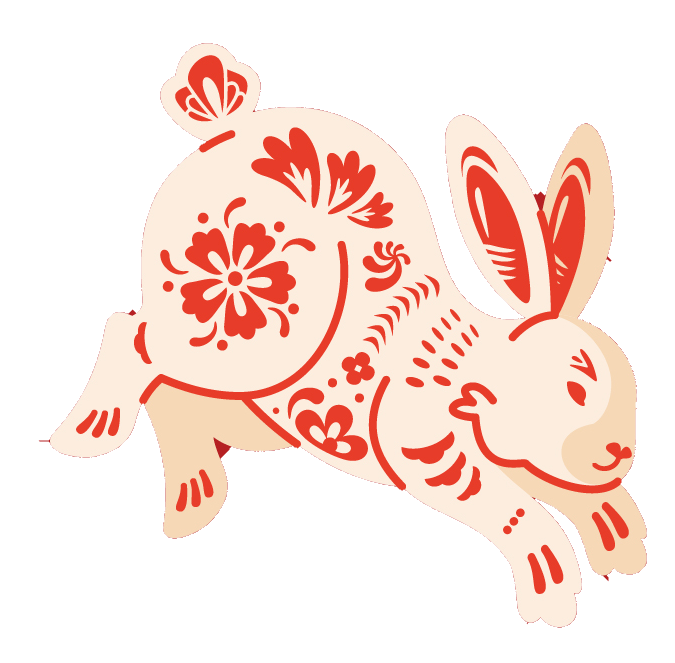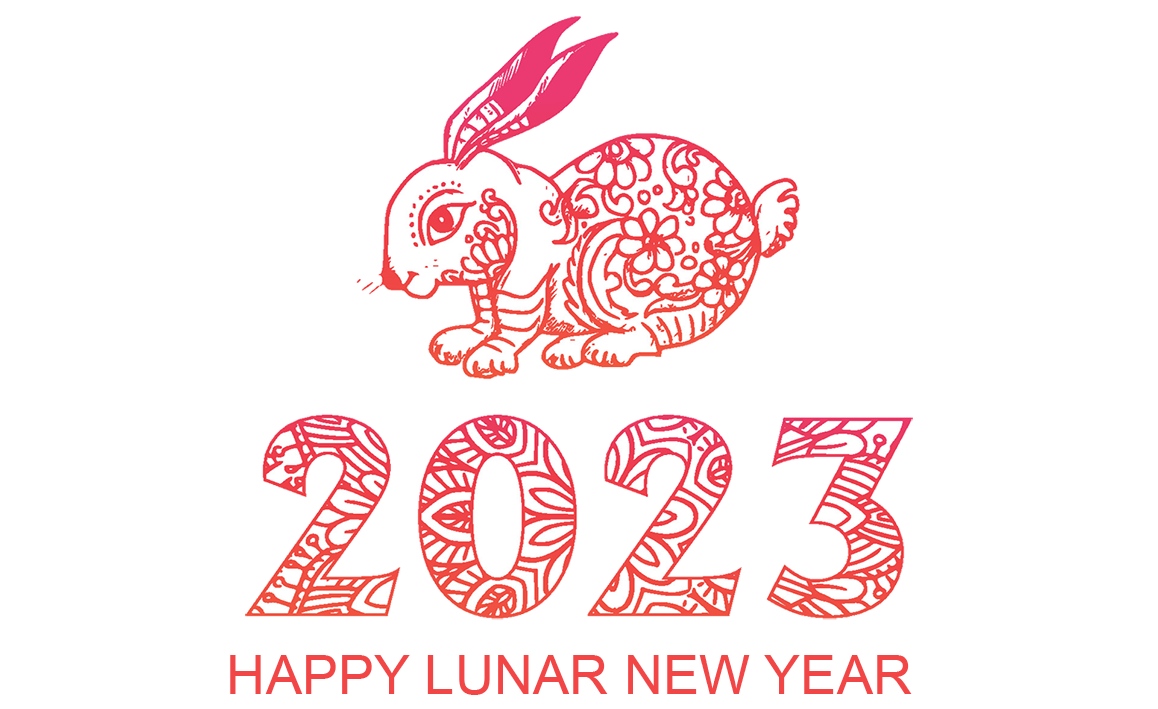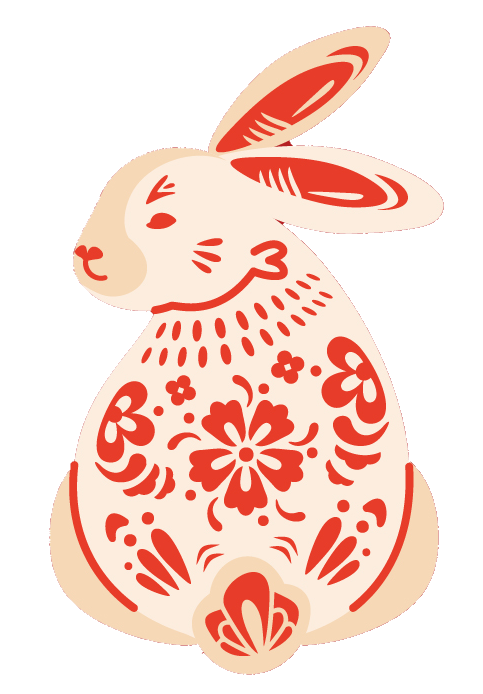Chinese lunar new year is one of the most important festivals for Asian countries. It is the first day of the new year according to lunar calendar (a calendar based on the monthly cycles of the Moon's phases), thus the dates would be different each year, compared to the static dates on the solar calendar. This year, the CNY begins on 22 January 2023, and the celebrations last for around two weeks usually. This is a time for family reunions, visiting relatives and friends and exchanging greetings for the coming New Year. CNY also marks the transition between the zodiac signs. Eating traditional rice cakes represents a wish to be successful and 'higher' (a homophone of 高). Elders give red envelopes (Lai see) with money inside, known as 'lucky money', to children as a blessing of passing a year of good fortune. For 2023, it’s the Year of the Rabbit!
|
|

|
People across the world celebrate it differently depending on the region, and there are so many traditional things to do during CNY. Much of Chinese New Year is about Unity and Harmony, so it’s the perfect time for family reunions. Family members may have travelled long distances to return home for their New Year’s Eve reunion dinner. Spring Festival gala is a popular show for people to watch, which is broadcasted by CCTV from 8 pm on new year’s eve until 2 am of the next day. In the north, people will eat dumplings with all of their immediate families for the first day of the year, while people in the south will usually eat traditional rice cakes, which represent a wish to be successful and ‘higher’ (a homophone of 高). Houses are thoroughly cleaned and decorated with red paper with words for good fortune and luck. Elders give red envelopes with money inside, known as ‘lucky money’, to children as a blessing of passing a year of good fortune. In Hong Kong, it is commonly known as Lai See, and given not only to children, but also those who provide service. It is another way to wish another good fortune in the new year.
|



